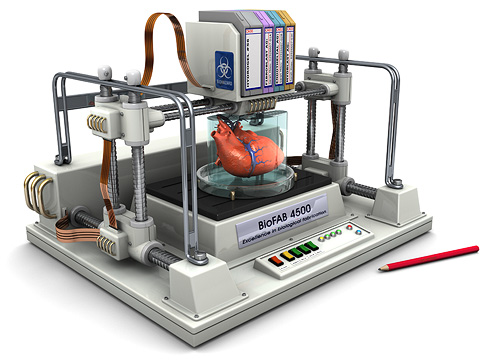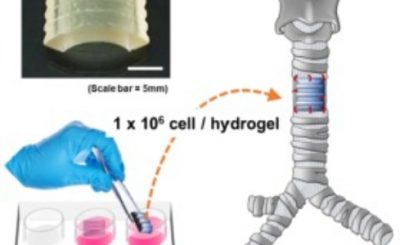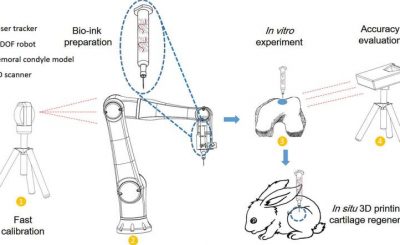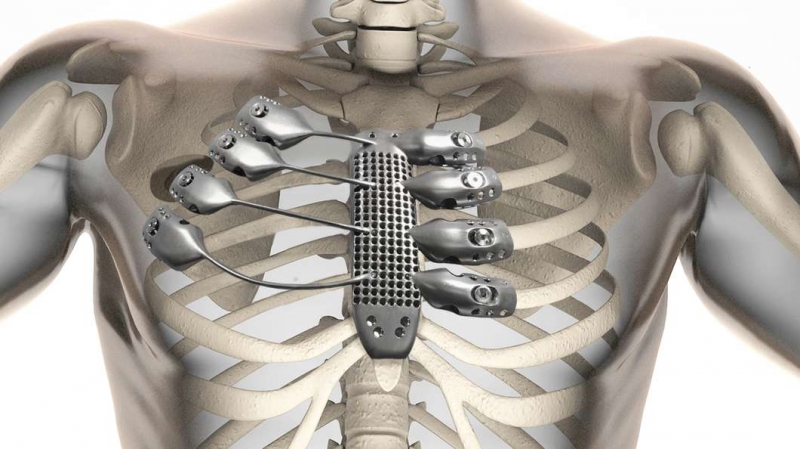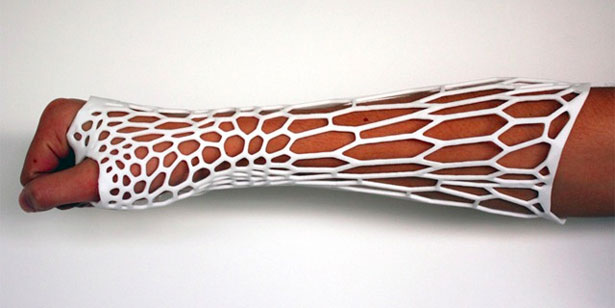ProsFit hopes to make the life of amputees around the world that little more comfortable with a new 3D printed socket that has full medical approval in a number of European countries.
Alan Hutchison runs the company with his son Christopher, who lost both his legs in an accident in 2009. The pair were both frustrated by the slow and relatively wasteful process to fit Christopher’s prostheses. So they decided to find a better way.
3D printing made it possible
With a background in industrial business development, Alan was well placed to take charge of a project that simply would not have been possible without user-generated innovation and great strides in 3D printing technology.
They put in four years of research before founding ProsFit in 2013. Now, just three years later, they have unveiled their creation to the world.
The old way is not the right way
There’s no doubt that the traditional way is just tortuous. Several separate visits to the prosthetist are required over the course of one month, or even two. On the first visit the patient is evaluated and fitted for a temporary socket, which is never perfect.
That takes one more visit to fit and it is quite common to have up to five more fittings.
Pistoning is a painful problem
It’s rarely a perfect fit and the patient can endure all kinds of problems. 
Fully approved in Europe
ProsFit supplied sockets to patients on an informal basis in 2014 and started clinical trials shortly afterwards. The devices have now been medically approved through Europe and the company hopes to take them to the rest of the world before long.
The whole process can be carried out online, which will empower the patient to get the prosthetic they want. It also means people in remote locations can actually get the prosthetic they need without travelling a long distance. The company has signed a deal with Handicap International, which looks after disabled people in remote and difficult locations.
Making a difference in a warzone
They include Syria, Togo, Madagascar and other places where high-quality prosthetics simply aren’t a priority. In these deprived and war-torn nations, a quality prosthetic can be the difference between life and death in the long run.
The company recognises, too, that wearers can be sensitive about their prosthetic limb. The traditional socket design can impact on their self-esteem, as well as their physical wellbeing. So it developed the ‘Original Plus’ line, that allows the customer to personalise their prosthetic socket with a unique design that gives them a sense of power over their disability and makes them feel less self-conscious.
